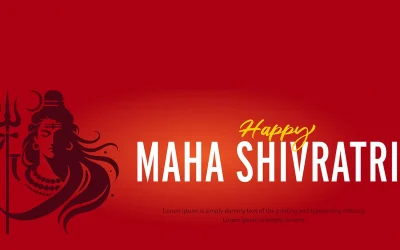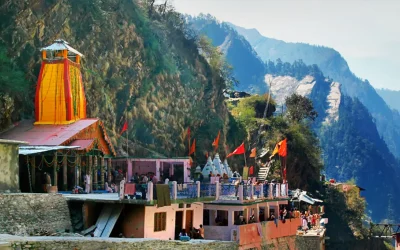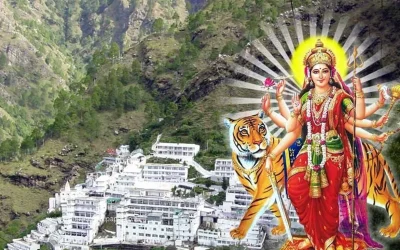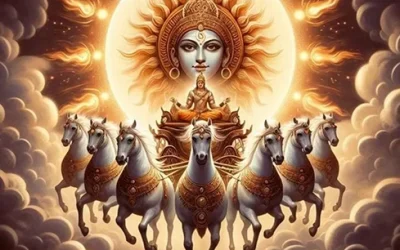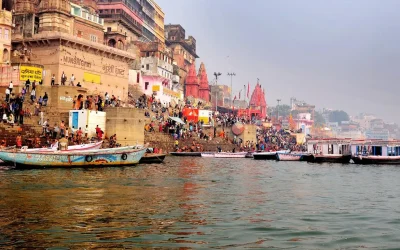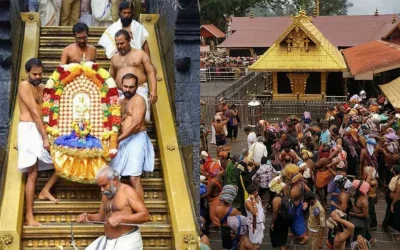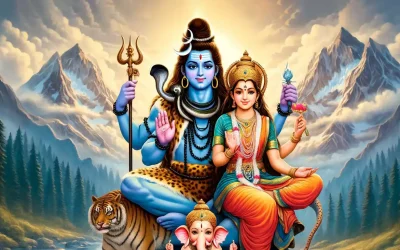History of Ramayana
Introduction
The Ramayana is one of the most famous stories in India, known and loved by millions of people. Composed by the sage Tulsidas in the 16th century, the Ramcharitmanas retells the ancient Sanskrit epic initially attributed to the sage Valmiki. It is an ancient epic that tells the story of Lord Ram, his devoted wife Sita, and loyal brother Lakshman as they face a great battle between righteousness and evil, led by the demon king Ravana.
The Story of Ramayana
In the ancient city of Ayodhya, there lived a wise and noble king named Dasharatha. He was a ruler loved by his people, but despite all his wealth and power, King Dasharatha had one deep sorrow—he had no children to continue his legacy.
At the same time, the gods were growing concerned about the state of the world. Ravana, who had gained immense power, threatened heaven and earth. He had received a boon from the gods, making him invincible against all divine beings. The gods turned to Lord Vishnu, the preserver of the universe, to find a solution. Seeing the suffering and chaos Ravana had unleashed, Lord Vishnu decided to take human form since a human can defeat Ravana. He would incarnate as Ram, the eldest son of King Dasharatha of Ayodhya, to restore peace and righteousness in the world.
Determined to have children, King Dasharatha performed a grand yagna (sacrifice) to seek the blessings of the gods. During the ritual, a divine being emerged from the sacred fire, holding a pot of nectar. King Dasharatha was told to give the nectar to his three queens—Kaushalya, Kaikeyi, and Sumitra—and assured him they would bear sons.
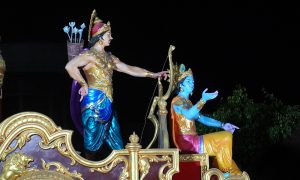
As promised, after the yagna, Queen Kaushalya gave birth to Ram, the divine incarnation of Lord Vishnu. Queen Kaikeyi bore Bharat, and Queen Sumitra had twin sons, Lakshman and Shatrughna. The birth of these four princes brought immense joy to the kingdom of Ayodhya.
As Ram grew, he became known for his bravery and adherence to dharma. When the sage Vishwamitra sought protection from demons, Ram, still a young prince, went with him and defeated the demons, proving his divine strength. Later, Ram won the hand of the beautiful and virtuous Sita, daughter of King Janaka, by stringing the mighty bow of Lord Shiva in a contest that no other prince could complete.
Just as Ram was about to be crowned the king of Ayodhya, tragedy struck. Queen Kaikeyi, influenced by her maid Manthara, reminded King Dasharatha of an old promise to grant her two boons. She demanded that her son Bharat be made king instead of Ram and that Ram be exiled to the forest for fourteen years. Bound by his promise, the heartbroken king agreed. Ram, ever dutiful and respectful, accepted his fate without question. Sita, out of love, and Lakshman, out of loyalty, insisted on joining him in exile.
Ram, Sita, and Lakshman lived a simple and peaceful life in the forest. However, their peace was disrupted when the demoness Surpanakha, Ravana’s sister, tried to harm Sita. Lakshman defended her by cutting off Surpanakha’s nose, leading to a chain of events that culminated in Ravana’s abduction of Sita. Disguised as a holy man, Ravana tricked Sita and carried her off to his kingdom in Lanka.
Devastated but determined, Ram and Lakshman set out to rescue Sita. Along the way, they met Hanuman, a loyal monkey warrior, and his king, Sugriv, who agreed to help them. Hanuman, blessed with immense strength and the ability to fly, became Ram’s most devoted ally. He leapt across the ocean to Lanka, found Sita in the Ashoka Garden, and reassured her that Ram would soon come to save her.
With the help of Hanuman and the monkey army, Ram built a bridge across the ocean to reach Lanka. A fierce battle ensued between Ram’s forces and Ravana’s army. Ram ultimately confronted Ravana and, with the help of the gods, defeated him, thus rescuing Sita and restoring peace.
Ram, Sita, and Lakshman returned to Ayodhya, where they were welcomed with great joy. The people of Ayodhya lit lamps to celebrate their return, a tradition that continues today as Diwali, the festival of lights. Ram was then crowned king, and his reign was marked by peace, prosperity, and justice, known as Ram Rajya.
What We Can Learn from the Ramayana
Ram shows us the value of doing what is right, even when it is hard. He respects his father’s promise and chooses duty over personal happiness. Sita teaches us the power of love and faith. She remains strong and loyal even in difficult times. Lakshman shows us the importance of loyalty and standing by our loved ones. Hanuman teaches us about the power of devotion and selfless service.
The Ramayana also warns us about the dangers of greed, pride, and anger through the character of Ravana. Even though Ravana was mighty, his bad qualities led to his downfall. The story reminds us that good always triumphs over evil in the end.
The Significance of Ramayana
The Ramayana can be a guide to living a good life. It teaches us how to live with honesty, kindness, and respect. The characters in the Ramayana are role models who show us how to behave in different situations. Ram’s rule, known as Ram Rajya, is considered the ideal way of governing, where everyone is treated fairly and justly.
In cultural tradition, the festival of Diwali is celebrated as a symbol of light’s victory over darkness, much like how the people of Ayodhya welcomed Ram after his victory over Ravana by lighting oil lamps, illuminating the entire city with joy and reverence. The Ramayana is an integral part of Indian culture and has influenced art, literature, and traditions for centuries.
Conclusion
The Ramayana is a timeless epic that teaches us about the power of good and the importance of doing what is right. Its lessons are simple but profound, reminding us that love, loyalty, and righteousness will always lead to victory. As we celebrate Diwali and remember the story of Ram, Sita, and Lakshman, we are reminded to follow the path of goodness and light in our lives.
